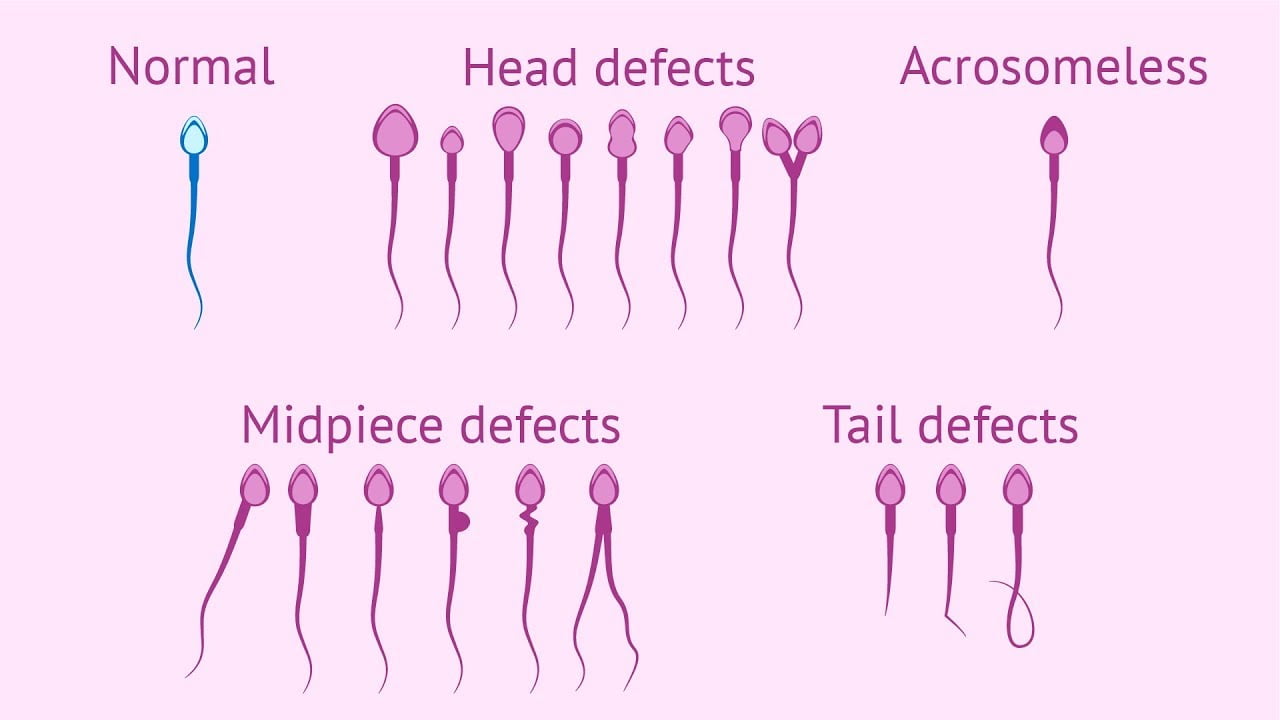Teratozoospermia is the presence of sperm with normal morphology below 4% in the semen. The head, midsection, and tail of the sperm are examined to detect sperm abnormalities. A healthy sperm is expected to have an oval head, a single, long tail, and a prominent middle part. The head is the most important part of the fertilization process and contains the genetic material of the sperm. The midsection provides the energy required for sperm movement, and the tail provides the sperm movement (motility). Abnormal head, midsection or tail can cause infertility and miscarriage.

Although teratozoospermia causes are not exactly known, the most known and common causes of teratozoospermia are:
- Genetic Disorders
- Cancer treatments such as chemotherapy and radiotherapy
- Diabetes mellitus
- Varicocele
- Vasectomy (over 5 years)
- Seminal infections
- Testicular problems
- Smoking, Excessive alcohol intake
- Age (abnormal sperm concentration increases after the man reaches 45)
- Prolonged exposure to heat, saunas or hot tubs
Teratozoospermia treatment requires technical competency on embryologist’s part as well as special equipment. Differentiating morphologically normal sperm from abnormal sperm is the key to success. Therefore, we apply IVF-IMSI (intracytoplasmic morphologically selected sperm injection) technique in teratozoospermia cases. The IMSI technique applies high-power magnification to identify abnormalities of the head, midpiece, and tail of the sperm, to choose the most normal-looking sperm. In conventional ICSI procedure, sperm can be examined morphologically by magnifying 400 times, whereas in IMSI procedure, sperm can be examined by magnifying 6.000 times. In case of teratozoospermia, we increase the chance of pregnancy by choosing the most morphologically normal sperm by applying the IMSI technique.
